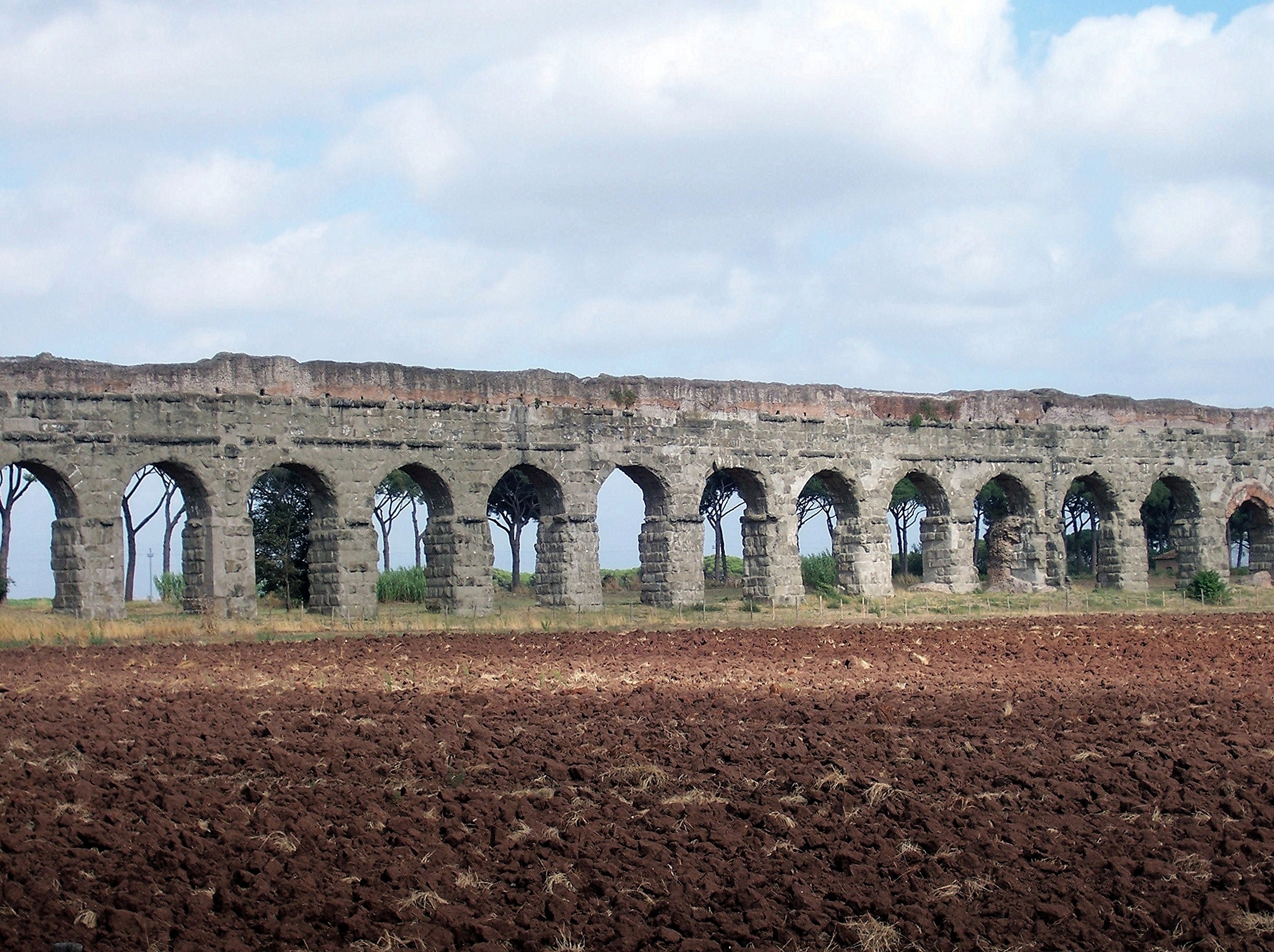Lazio : Aqua Claudia
Over the centuries, the growth in the number of pilgrims to religious sites directly impacted the development of Rome as the center of international church government. It is undeniable that the wealth acquired in trecento Rome coincides withthe overwhelming influx of pilgrims during the first Christian Jubilee in 1300 organized by Pope Boniface XIII. Boniface strategically used this function as a means of reviving an enthusiasm for Christianity and to aid papal finances by the sale of indulgences. Throughout the history of Rome, there has been an important connection between the accessibility of reliable water sources and the city’s ability to prosper. During this time, the Aqua Claudia was one of Rome’s primary aqueducts, supplying water to the Lateran Complex, and served as one of the major pilgrimage routes through the city. The Aqua Claudia led pilgrims of the Jubilee of 1300 through the streets of Rome, focusing their journey on specific shrines, buildings, and experiences. The Aqua Claudia also serves as a metaphor for Italy’s public health initiatives during the pilgrimage in order to ward off death, disease, and the plague.

